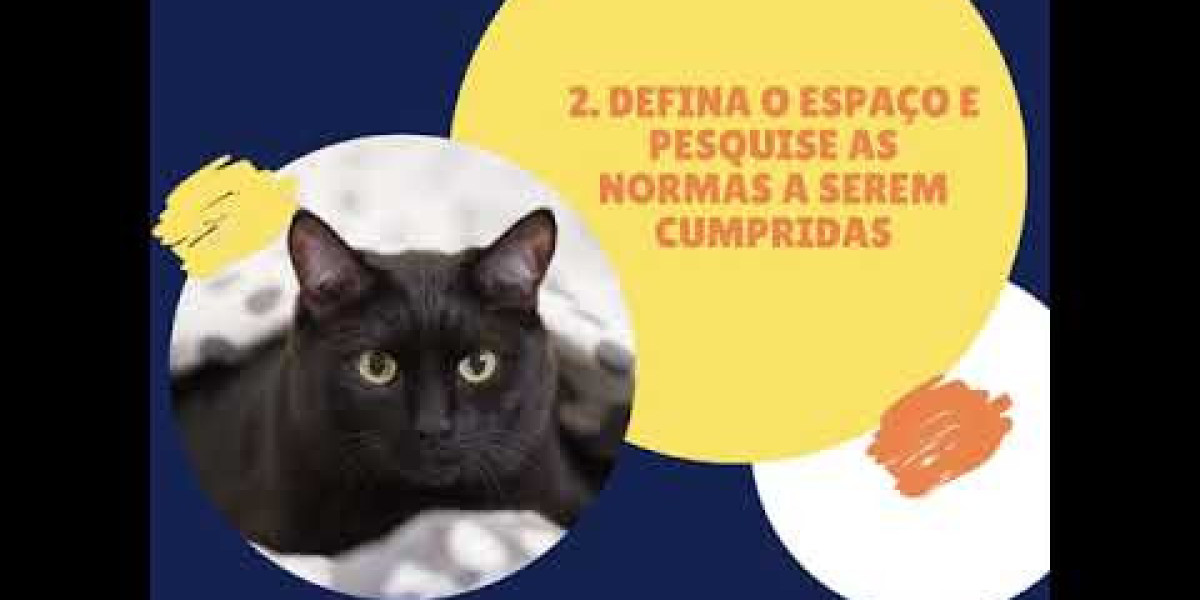The idea of pulmonary patterns relies on the idea that different ailments affect completely different anatomical buildings within the lung parenchyma. However, the mannequin of pulmonary patterns isn't a perfect one, as many illnesses contain several and ranging elements of the lungs, and disease in transition can move from one element to the opposite. Nevertheless, the pulmonary pattern model, if used appropriately, is a useful diagnostic software. In the following the different pulmonary patterns, their radiographic appearance and significance, but also another strategy to interpretation of the pulmonary parenchyma in dogs and cats is described.
Radiation Regulations
Generalized cardiomegaly may also be misinterpreted due to underinflation of the lungs, making the thoracic cavity seem smaller than regular. This, in turn, makes the center appear bigger relative to the quantity of aerated lung surrounding it. This was discussed in detail in Chapter 25.7 Echocardiography should be used to substantiate a cardiac abnormality when generalized cardiomegaly is suspected radiographically. Dilation of the left atrium can also cause divergence of the principal bronchi within the VD or DV view. The speed of those mixtures is designated by a score of 100–1,600, with 100 being relatively gradual however with excellent detail and 1,600 being very fast however with restricted element.
Radiographic evaluation of pulmonary patterns and disease (Proceedings)
A fluid filled dilated esophagus does not usually have radiographically discrete margins and appears as an elevated opacity within the caudodorsal thorax on the lateral film. A VD or DV view confirms the elevated opacity is on midline and prevents confusion with pulmonary pathology. Sharpei breeds could have a redundant esophagus on the thoracic inlet that might be seen without clinical signs and thereby the scientific significance of this finding is not recognized. On lateral views, the sternum should align with the thoracic vertebrae, and each left and proper rib head should be superimposed over the other. Sometimes for lateral radiographic views, a triangular sponge positioning device is required to lift the sternum away from the table to get the sternum and backbone at an analogous height earlier than taking the radiograph. Peak inspiration means that the cupola of the diaphragm is drawn caudal to the cardiac silhouette and the caudodorsal lung margins reach to the extent of T12 to T13 in canines and T13 to L1 in cats. An expiratory radiograph will negatively affect interpretation in 2 main ways.
Radiographic Anatomy
The Site and the Applications can by no means answer the basic public's medical questions. They are not intended to exchange the connection between the patient and his health care skilled or to replace his medical advice. The Site and the Applications have not been examined or Rentry.co accredited for medical use. Unless confirmed otherwise, the info recorded on the web page "My Account" of the Site constitutes proof of all Orders placed on the Site, and the Customer may thus entry the historical past of orders positioned at any time.
Ciertas cardiopatías empeoran con el tiempo y tienen la posibilidad de, llegado la situacion, provocar una insuficiencia cardíaca, lo que significa que el corazón se desgasta y no puede trabajar como es debido.
Es conveniente que el tolerante acuda acompañado por un familiar o amigo ya que en ocasiones es necesario administrar un sedante para llevar a cabo la prueba. Si tiene dentadura postiza va a deber quitársela en el momento de realizar la prueba. El cardiólogo suele efectuar ecocardiograma o electrocardiograma si el gato o perro ha dado muestras laboratorio de exames animais soplos u otros signos de enfermedad cardíaca, así como debilidad o adversidades respiratorias. Mientras se realiza la prueba, el tolerante continúa acostado boca abajo, intentado estar lo más tranquilo viable. El transductor se pondrá de forma directa en el lado izquierdo de su pecho, arriba de su corazón. El técnico presionará con solidez mientras que mueve el transductor por su pecho.
El transductor se coloca sobre el abdomen de la mujer para contrastar los inconvenientes cardíacos del feto. La prueba se considera segura para un niño no nacido debido a que no emplea radiación, en contraste a las radiografías. Las imágenes adquiridas antes y tras el ejercicio son cuidadosamente elegidas, procesadas y digitalizadas para cotejar la contracción del corazón en ambas ocasiones. A lo largo del estudio además de esto se realiza un monitorio electrocardiográfico continuo y control no invasivo de la presión arterial. Durante la prueba, podrían pedirte que respires de determinada forma o que gires sobre tu lado izquierdo.
Si se combinan esos datos con su información médica confidencial, toda esta información se tratará como información médica confidencial y unicamente se empleará o revelará según lo descrito en nuestro aviso sobre políticas de privacidad.



